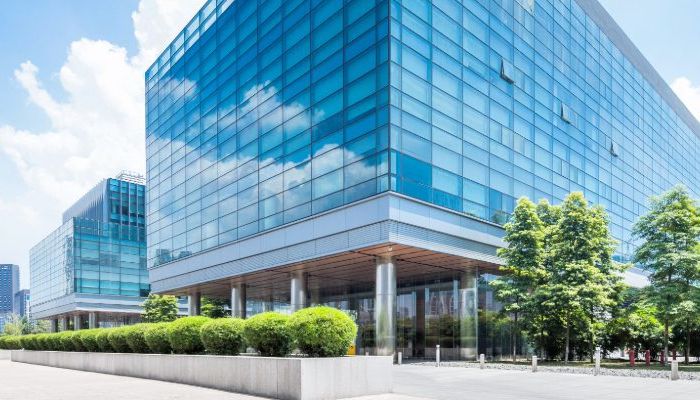McGraw-Hill Construction released the Interoperability in the Construction Industry SmartMarket in 2007 Report that showed that project team members attributed 3% of project costs to software non interoperability. Some of the contributors to additional cost included:
- Manually reentering data from application to application
- Time spent on duplicate software
- Time lost to document version checking
Over the lifecycle of a single building project from design to construction there is a loss of information in each major phase of this process as which I will cover in a moment.
I believe this problem goes much further beyond software that simply doesn’t work together as interoperability affects a number of other critical factors which I am going to cover in the next few paragraphs.
When we look more specifically at each of the individual stakeholder groups we can see that it’s actually the building owners and operators who are affected the most by interoperability issues across all cost categories. We can also see that the magnitude or significance of the costs are also greater for owners.
Imagine the difficulty of interoperability beyond a single project when a building owner potentially needs to deal with an entire portfolio of facilities. Let’s explore some of the additional factors that can impact the efficiency, accuracy and quality of information and processes during the life of a portfolio of facilities.
- Locations – Managing multiple locations including countries, regions, campuses etc.
- Technology – Technologies including CAD, BIM, browsers, databases, mobile platforms and more
- File formats – Can include multiple disparate file formats and types including paper, photos, docs, files etc.
- Data – Data consistency, quality, completeness, history, applicability and timelines
- Accessibility – Security and accessibility by specific roles and individuals by various means
- Workflows – Internal and external processes to ensure standards, guidelines and requirements are being met
In the US the National Institute of Standards and Testing actually calculated the costs of interoperability and broke those calculations down in to a small number of key categories (Source: NIST GCR 04-867). The categories included:
- Avoidance Costs – Are related to managing paper trails and included areas such as inefficient business processes, the cost of having multiple facility management systems in place across an organization, productivity losses and training costs of employees on multiple systems and increased IT costs related to managing multiple disconnected systems
- Mitigation Costs – Relates to manual re-entry of data between systems, redundancy and validation to ensure data accuracy
- Delay Costs – The time spent waiting for information (This could be time waiting for info from someone else, time spent waiting for data that has not been entered yet etc.)
The US National Institute of Standards and Testing then actually calculated the cost of interoperability which could be applied to the total cost of a facility year over year of its entire life from design through construction and came up with a total loss of $0.23 US cents per square feet per year…every single year.
I do believe that there is an answer to this issue which is a fully Integrated Workplace Management Solution which is an integral foundational component of a BIM based lifecycle approach to manage a facilities portfolio.
Integrated Workplace Management Solutions provide an integrated suite of powerful web-based facility management tools that helps organizations improve their space, occupancy, assets, moves, maintenance, leases and property management.
When we organize all of the types of data and workflows into a widely accessible solution made available via web-based tools, we can see that an entire building portfolio can be managed effectively. This addresses the interoperability issues not only from the technology standpoint but also from a data and process standpoint as well.
Systems – All of the systems involved with managing a large portfolio of buildings including not only the Integrated Workplace Management Solution itself but also important systems such as Human Resources and Accounting Systems that the organization may have. This enables us to not only track the information about our buildings but also the employees utilizing the facilities and the costs associated with each building related activity.
Data – Imagine all of the information about our buildings being housed and maintained in a single integrated solution. This includes not only data but also drawings, models, photos and documentation necessary to track and maintain every aspect of a building portfolio.
Process – And last but not least a system for managing workflows including request management for items such as corrective maintenance requests, move requests, space requests etc. all being controlled through a highly secure system that manages the requests, reviews and approvals of all workflows required to operate all of our facilities in a consistent manner.










